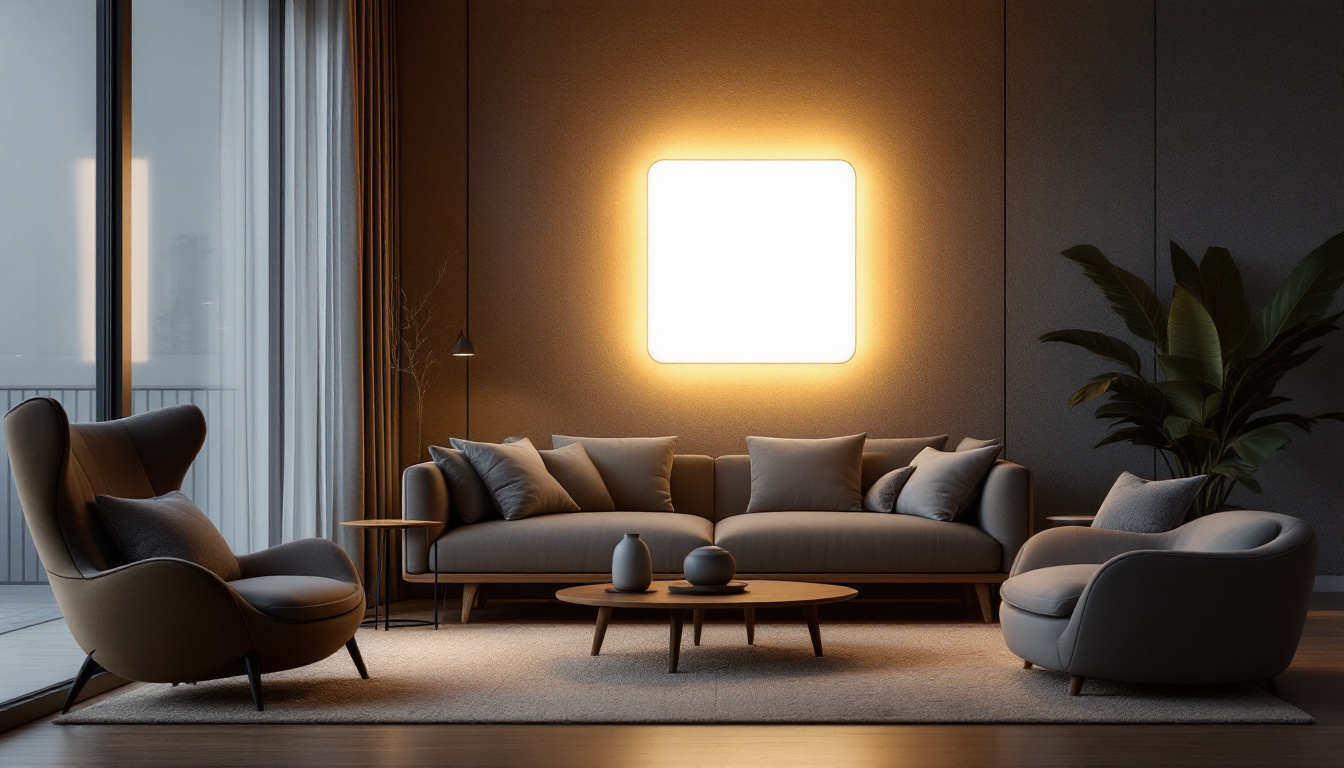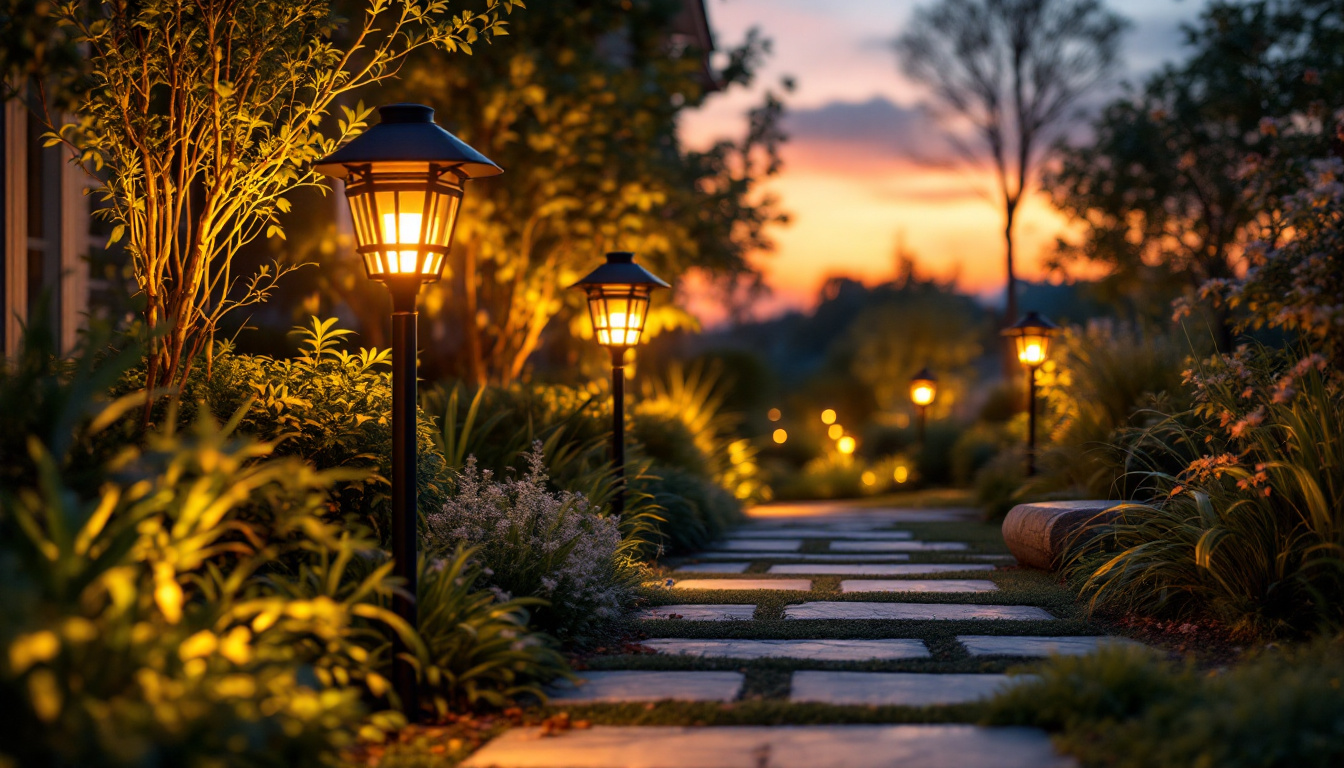
The evolution of lighting technology has significantly influenced the way spaces are illuminated, impacting both aesthetics and functionality. For lighting contractors, understanding the history of light bulbs and the alternatives available today is crucial for making informed decisions that meet client needs and preferences. This article delves into the journey of light bulbs, compares them with modern alternatives, and offers insights into what lighting contractors should consider when making their choices.
The journey of the light bulb began with the incandescent bulb, a groundbreaking invention that transformed how people illuminated their homes and workplaces. Incandescent bulbs operate by passing an electric current through a filament, producing light as the filament heats up. This simplicity made them widely popular, but they also came with significant drawbacks, including energy inefficiency and a short lifespan.
As technology advanced, the demand for more efficient lighting solutions led to the development of alternatives. Compact fluorescent lamps (CFLs) emerged as a more energy-efficient option, utilizing a gas-filled tube and a phosphor coating to produce light. While they offered longer lifespans and reduced energy consumption, CFLs still had limitations, such as longer warm-up times and a less appealing light quality. Additionally, the presence of mercury in CFLs raised environmental concerns, prompting further innovation in the lighting sector.
Light Emitting Diodes (LEDs) have revolutionized the lighting industry, offering a multitude of advantages over traditional incandescent and fluorescent bulbs. LEDs are highly energy-efficient, converting a greater percentage of energy into light rather than heat. This efficiency not only reduces energy costs for consumers but also contributes to a lower carbon footprint. The ability of LEDs to produce light in various colors without the need for filters has also opened new avenues in design and application, from mood lighting in homes to vibrant displays in commercial settings.
Furthermore, LEDs boast an impressive lifespan, often lasting tens of thousands of hours. This longevity translates to less frequent replacements, making them a cost-effective choice for both residential and commercial applications. The versatility of LED technology allows for a wide range of color temperatures and designs, catering to diverse aesthetic preferences and functional requirements. Moreover, advancements in smart LED technology have introduced features such as dimming, color changing, and remote control capabilities, allowing users to customize their lighting experience to suit their needs and enhance their living environments. As the market continues to evolve, innovations like organic LEDs (OLEDs) and smart lighting systems promise to further transform how we think about and use light in our daily lives.
When evaluating lighting options, energy efficiency is a primary consideration for contractors and clients alike. Incandescent bulbs consume significantly more energy compared to CFLs and LEDs, making them less desirable in an era focused on sustainability and cost savings. CFLs, while more efficient than incandescents, still fall short when compared to the remarkable efficiency of LED technology.
LEDs not only consume less energy but also have a higher lumen output per watt, meaning they provide more light with less energy input. This efficiency is particularly beneficial in commercial settings, where lighting can account for a substantial portion of energy costs. By choosing LED solutions, contractors can help clients reduce their energy bills while promoting environmentally friendly practices.
The quality of light produced by different bulb types plays a crucial role in setting the ambiance of a space. Incandescent bulbs are often praised for their warm, inviting glow, which has made them a staple in residential settings. However, advancements in LED technology have allowed for the creation of bulbs that replicate this warm light, making LEDs a viable alternative for those seeking aesthetic appeal.
Moreover, LEDs offer a broader spectrum of color temperatures, enabling contractors to customize lighting to suit various environments. From the cool, bright light ideal for task-oriented spaces to the soft, warm glow perfect for relaxation areas, the versatility of LED lighting can enhance the overall design of a space.
While the initial cost of LED bulbs may be higher than that of incandescent or CFL options, the long-term savings they provide make them a more economical choice. The extended lifespan of LEDs means fewer replacements, reducing maintenance costs over time. Additionally, the energy savings associated with LED usage can lead to significant reductions in utility bills, making them an attractive option for both residential and commercial clients.
Contractors should also consider the potential for rebates and incentives offered by utility companies for energy-efficient upgrades. These programs can help offset the initial investment in LED technology, making it an even more appealing choice for clients looking to upgrade their lighting systems.
When selecting lighting solutions, understanding the specific needs and preferences of clients is paramount. Different spaces have varying requirements based on their function, design, and the atmosphere desired. For example, a retail environment may benefit from bright, vibrant lighting to showcase products, while a residential living room may require softer, warmer light for comfort.
Contractors should engage in thorough consultations with clients to determine their lighting goals, preferences, and any specific challenges they may face. This collaborative approach ensures that the chosen lighting solutions align with the client’s vision while also considering practical aspects such as energy efficiency and budget constraints.
The lighting industry is constantly evolving, with new technologies and trends emerging regularly. Contractors must stay informed about the latest developments in lighting solutions, including advancements in LED technology, smart lighting systems, and sustainable practices. By keeping abreast of these trends, contractors can offer clients the most innovative and effective options available.
Attending industry conferences, participating in training sessions, and engaging with professional organizations can provide valuable insights into emerging technologies and best practices. This ongoing education not only enhances a contractor’s expertise but also positions them as a trusted resource for clients seeking guidance in their lighting choices.
In the quest for effective lighting solutions, striking the right balance between aesthetics and functionality is essential. While energy efficiency and cost savings are important considerations, the visual appeal of lighting cannot be overlooked. Contractors should aim to create lighting designs that enhance the overall aesthetic of a space while also serving its intended purpose.
Incorporating dimmers, smart controls, and adjustable fixtures can provide clients with the flexibility to modify their lighting according to their needs. This adaptability not only enhances the user experience but also contributes to energy savings by allowing users to adjust lighting levels based on the time of day or activity.
The rise of smart technology has permeated the lighting industry, offering contractors and clients innovative ways to control and customize their lighting environments. Smart lighting systems allow users to adjust brightness, color temperature, and even create lighting schedules through mobile apps or voice-activated devices.
These systems not only enhance convenience but also promote energy efficiency by allowing users to turn off lights remotely or set timers to ensure lights are only on when needed. As smart home technology continues to gain traction, contractors should consider integrating smart lighting solutions into their offerings to meet the growing demand among tech-savvy clients.
As awareness of environmental issues increases, sustainability has become a key consideration in the lighting industry. Contractors are encouraged to prioritize eco-friendly practices, such as sourcing materials responsibly, promoting energy-efficient solutions, and educating clients about the benefits of sustainable lighting options.
Incorporating natural lighting strategies, such as daylighting and the use of skylights, can also enhance the sustainability of a lighting design. By embracing these practices, contractors not only contribute to a healthier planet but also appeal to clients who prioritize sustainability in their purchasing decisions.
As LED technology continues to advance, lighting contractors can expect even more innovative solutions to emerge. Developments in color rendering, tunable white lighting, and improved energy efficiency are just a few areas where LEDs are evolving. These advancements will provide contractors with a broader range of options to meet diverse client needs and preferences.
Additionally, the integration of LED technology with other systems, such as HVAC and security, can lead to more comprehensive and efficient building designs. By staying informed about these advancements, contractors can position themselves at the forefront of the industry, offering clients cutting-edge solutions that enhance both functionality and design.
The history of light bulbs is a testament to human ingenuity and the ongoing quest for better lighting solutions. From the humble incandescent bulb to the advanced LED technology of today, the evolution of lighting has transformed how spaces are illuminated. For lighting contractors, understanding this history and the various alternatives available is essential for making informed choices that align with client needs.
As the industry continues to evolve, staying informed about trends, advancements, and sustainable practices will empower contractors to provide innovative solutions that enhance both the functionality and aesthetics of spaces. By embracing the future of lighting technology, contractors can ensure they remain competitive while delivering exceptional value to their clients.
Ready to elevate your lighting solutions with the latest technology and sustainable practices? Look no further than LumenWholesale, where we provide lighting contractors with the highest quality, spec-grade lighting products at unbeatable wholesale prices. Say goodbye to local distributor markups and hello to a vast selection of reliable, high-performance lighting that meets the most rigorous industry standards. Plus, with free shipping on bulk orders, you can enjoy premium lighting at the best value — all without hidden fees or compromises. Don’t miss out on the perfect blend of quality, affordability, and convenience. Visit LumenWholesale today for Wholesale Lighting at the Best Value, and light up your projects with confidence.

Discover the revolutionary world of Waffer Lights, the cutting-edge solution for energy-efficient lighting.

Discover essential tips to sidestep common pitfalls in solar lighting projects.

Discover everything lighting contractors need to know about can LED lights in this comprehensive guide.

Discover essential insights into exit emergency combo lighting tailored for lighting contractors.